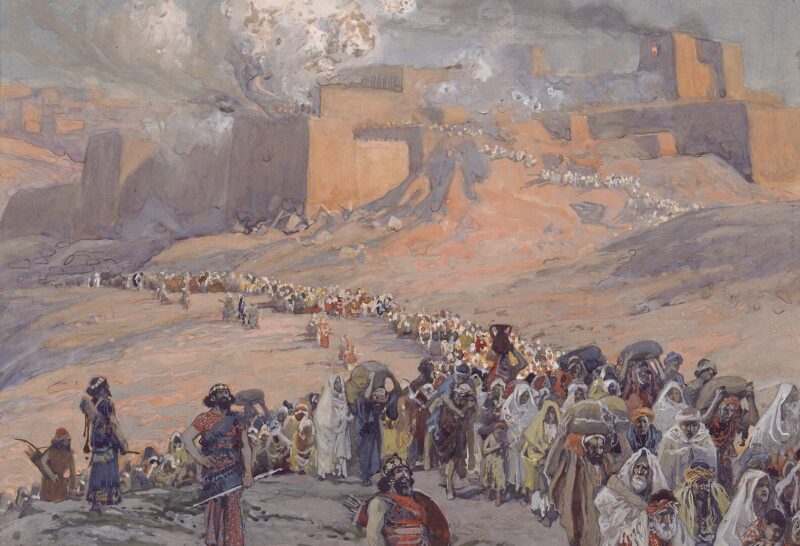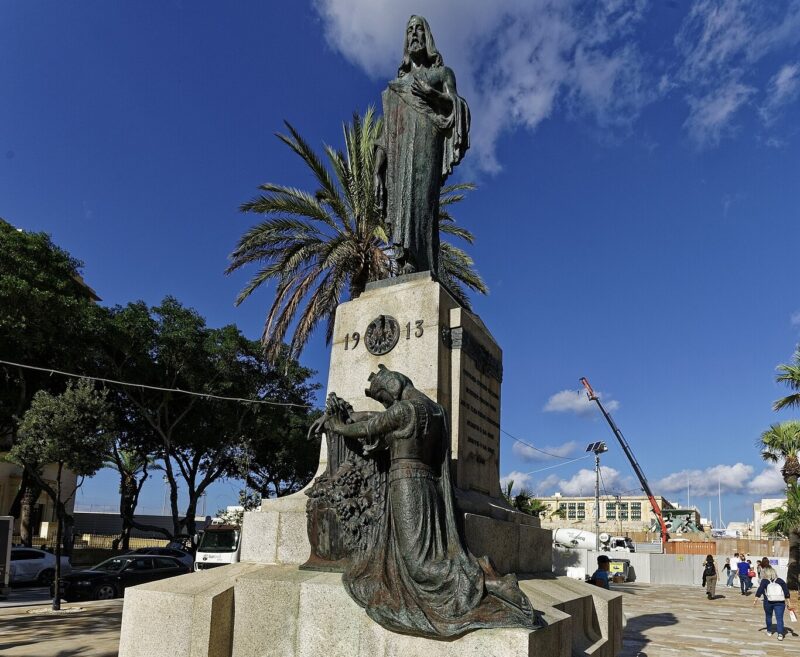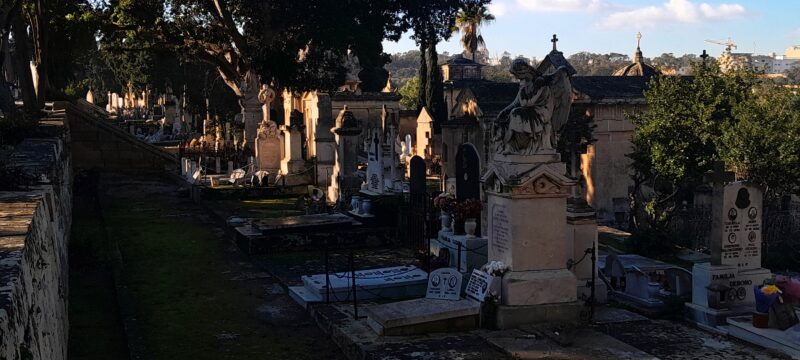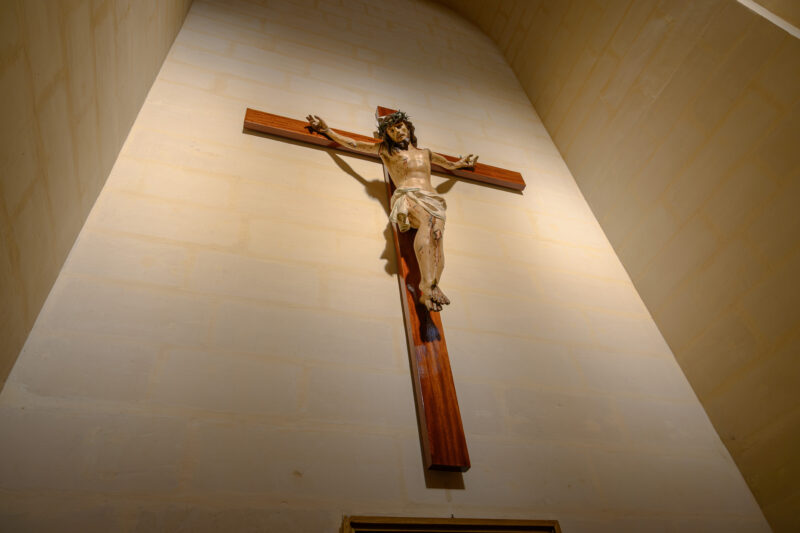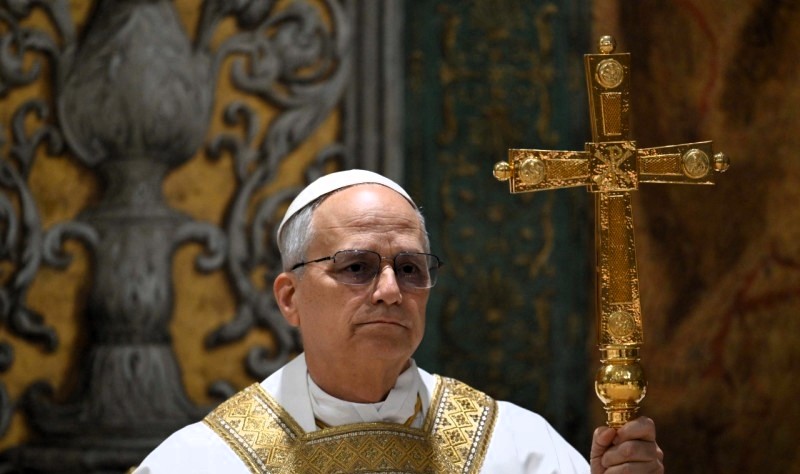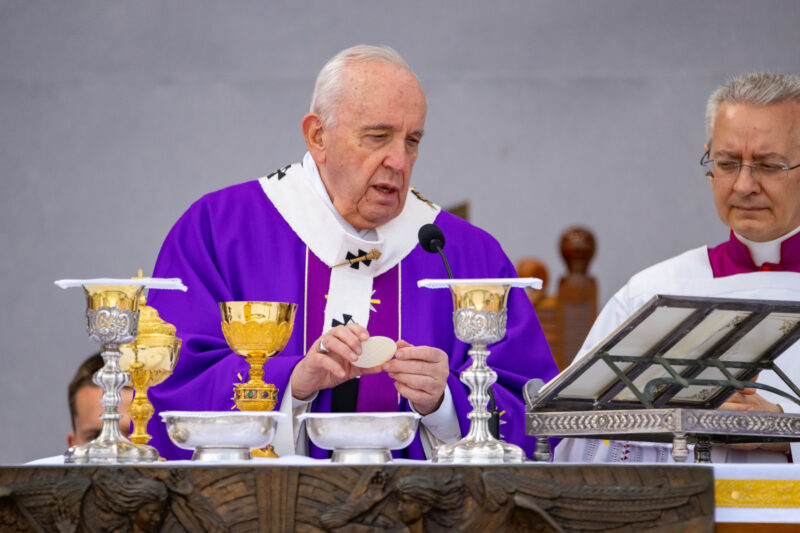The Season of Advent: A time of training in patience and hope, a time of preparation and waiting for the adventus, for the coming of the One desired by all the nations. A season which, before being a preparation for the celebration of Christmas, is a time that sets us in right disposition before God, rekindling the path for us if we have somewhat strayed from it, and reminding us also of the second coming of Christ at the end of time, and of the earnest and watchful expectation of the face-to-face encounter with Him who took on a human face like ours—fair and radiant because free of every stain of sin, yet who in the end became without form or comeliness to behold, precisely so that this renewed meeting with God might once more become possible for us.
If the liturgy and spirituality of Lent drink from the wellspring of the experience of the Jewish people in the Exodus—of bondage and deliverance from Egypt, of the forty years in the wilderness—leading to the celebration of Easter through the shedding of the blood of Him who was truly the Lamb of God, who alone could take away the sins of the world; in a similar way, above all through the prophecies taken from the Book of Isaiah, through various prayers and hymns, we may say that, during Advent, the Church as it were leads us through the experience of the exile in Babylon which occurred in the sixth century before Christ: an experience marked by God’s warnings through his prophets to turn back from evil ways so as to be spared the political consequences; by the shock which the exile itself brought with it; and by the hope of deliverance when the shifting powers in the East began to show that God truly would fulfil His promise that, after seventy years, the people would return to their land and rebuild the city of Jerusalem and the Temple.
In this particular liturgical season, the exile becomes an image of the human condition estranged from God because of sin, and in need of a Saviour and Redeemer to lead man back from the way of the desert to his own land—to the place where he is rightly set, at home with himself and with God. The prophecies and promises of the return from exile become an echo of the Messianic expectation that began to mark the people of the Old Covenant in the last centuries before the coming of Christ … an expectation into which each year we enter anew—first by reckoning with our life and our concrete circumstances, not in discouragement or fear but in hope and trust—so that we may again live the waiting for the Deliverer of Israel as though Jesus had not yet been born and we were yearningly awaiting the night of Christmas, that we may rejoice in his visitation from on high like the rising sun!




